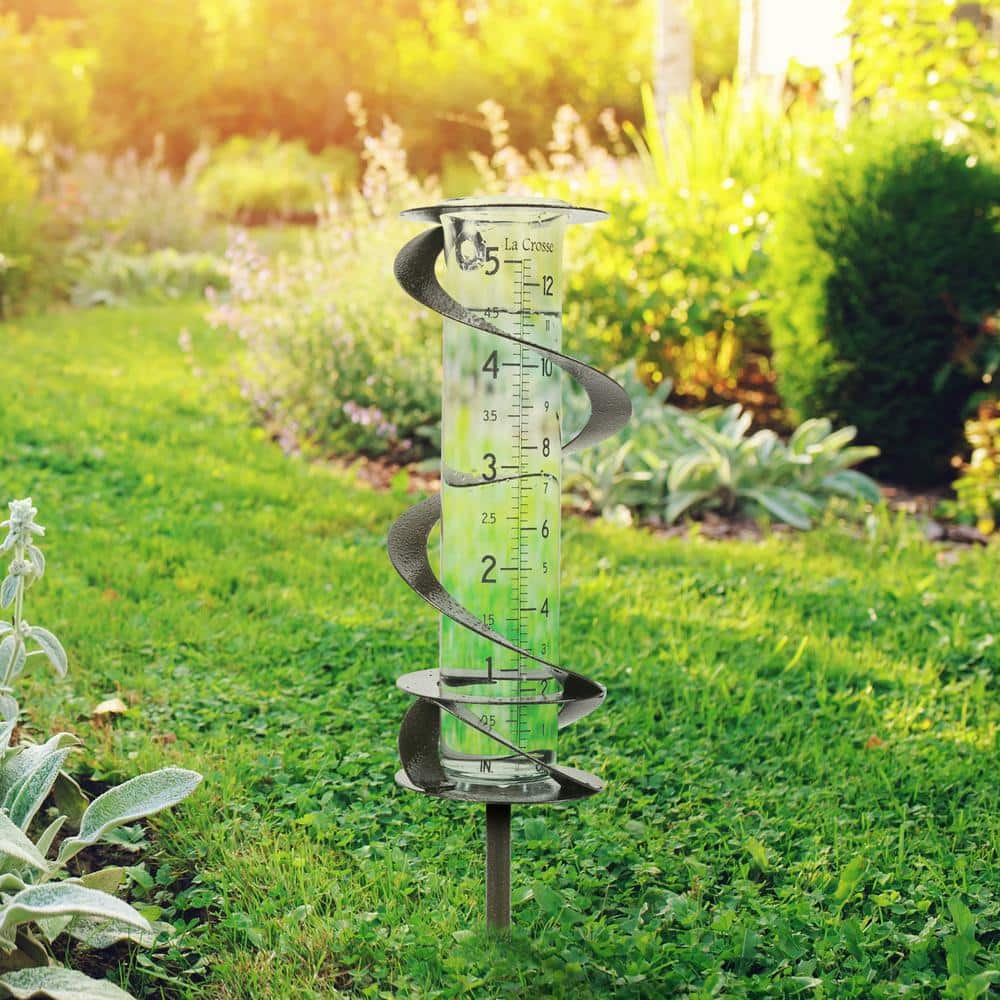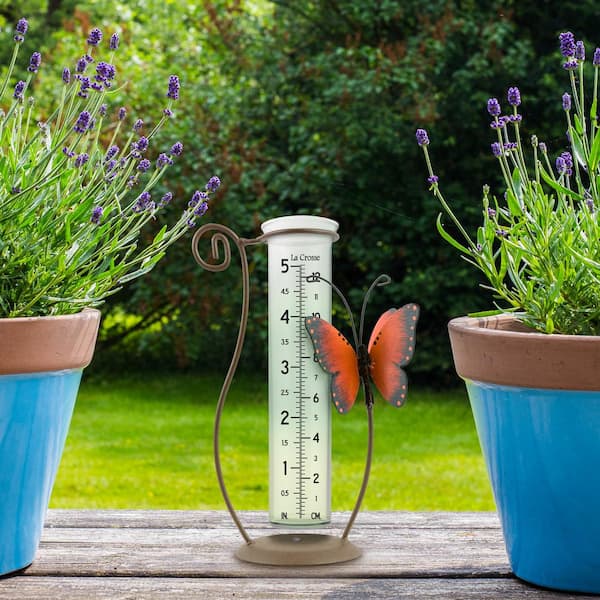Understanding The Rain Gauge: Significance, Kind, and Use Explained
Understanding The Rain Gauge: Significance, Kind, and Use Explained
Blog Article
Understanding Rainfall Gauge Dimensions: A Full Overview
Understanding Rainfall Gauge Dimensions: A Full Overview is an extensive resource for anyone seeking a much deeper understanding of rainfall gauge dimensions. Whether you are an expert in the field or simply have an interest concerning rainfall dimension, this overview will equip you with the knowledge needed to effectively utilize rainfall scale dimensions.
The Importance of Rain Gauge Measurements
The value of rain gauge dimensions depends on their role as a critical device for properly examining and keeping an eye on rainfall levels - The Rain Gauge. Rainfall scale measurements offer useful data that helps meteorologists and hydrologists comprehend patterns and fads in rains, which in turn help in different areas such as agriculture, water source administration, and environment research

Exact rainfall dimensions are necessary for agriculture as they aid in identifying irrigation demands, plant development, and return predictions. Farmers rely upon this info to make enlightened decisions regarding when to sprinkle their plants, avoiding water wastefulness and guaranteeing ideal plant wellness. Furthermore, rainfall data assists in analyzing the impact of droughts or extreme rains on plant production, enabling farmers to take proper measures to lessen losses.
Water source monitoring greatly depends on rain gauge measurements to establish the amount of water available in tanks, lakes, and rivers. Exact dimensions allow water supervisors to make enlightened choices regarding water appropriation and distribution, making certain sustainable use and stopping shortages. This details is particularly essential in regions where water scarcity is a pushing concern.
Moreover, rainfall scale measurements play an essential function in climate research. By precisely gauging rainfall over expanded periods, researchers can analyze long-lasting climate patterns and recognize adjustments in rainfall patterns as a result of environment change. This data aids policymakers and researchers develop approaches to adjust to and alleviate the impacts of climate change.
Kinds of Rain Gauges
There are various sorts of rainfall evaluates used to gauge precipitation accurately. Each kind has its own benefits and restrictions, making them suitable for different functions and settings.
One of the most common sort of rainfall gauge is the common cylindrical scale. It contains a cylindrical container with a wide funnel-shaped top to gather rainwater (The Rain Gauge). The water is after that funneled right into a graduated measuring tube, permitting accurate dimension of the quantity of rainfall
An additional type is the evaluating rainfall scale. This gauge utilizes a delicate equilibrium to measure the weight of the collected rains. By converting the weight right into volume, the amount of rainfall can be established. Considering rain determines are especially valuable in areas with icy rainfall or hefty rains, as they are not influenced by spraying or dissipation.
Tipping bucket rainfall evaluates use a mechanism that ideas a tiny container each time it gathers a specific amount of rainwater. The number of ideas is recorded and utilized to determine the rains. This kind of scale is typically utilized in automated weather condition terminals as a result of its reduced maintenance demands and capability to give real-time information.
Finally, there are radar-based rainfall determines that use radar technology to approximate rains. These determines determine the strength of rains in a details location by evaluating the shown radar signals. They are especially helpful for gauging rainfall over big areas or in remote locations.
Just How Rainfall Scale Measurements Work
Rain gauge dimensions are based upon the concept of collecting and gauging the quantity of rainfall. These instruments are developed to catch rainwater and give an exact measurement of the rains in a details location.
The most usual type of rainfall gauge is the basic cylindrical scale. It includes a round container with a large opening on top to gather rain. The gathered water is then click this channelled right into a gauging tube, which is calibrated to give the measurement in devices of size, commonly inches or millimeters.
One more kind of rain gauge is the tipping container gauge. When they get to a specific weight limit, it utilizes a seesaw-like mechanism with 2 pails that tip. Each idea of the pail represents a specific quantity of rainfall, enabling specific dimensions.
Some sophisticated rainfall assesses are outfitted with digital sensors that instantly document and transfer information. These sensors utilize different technologies such as ultrasound or laser to gauge the amount of rainfall properly.
Factors Affecting Rainfall Gauge Accuracy
Ecological variables such as wind, temperature, and atmospheric pressure can substantially affect the precision of rain scale measurements. Adjustments in atmospheric pressure can likewise impact the accuracy of rainfall scale measurements, as they can alter the price at which rains is collected.
Operational variables, on the here various other hand, describe elements connected to the design, installation, and upkeep of the rainfall scale. The placement of the rain gauge in a location with obstructed airflow or near structures or trees can result in incorrect readings as a result of clog or splattering of rains. Furthermore, inappropriate calibration or uneven maintenance of the rainfall scale can likewise affect its precision.
To ensure the precision of rainfall gauge measurements, it is important to think about these elements and take proper actions. This may entail picking an ideal area for the rainfall scale, making certain proper setup and upkeep, and consistently calibrating the tool. By dealing with these elements, reputable and precise rains dimensions can be acquired, which are essential for various applications such as weather condition projecting, hydrological research studies, and farming.
Tips for Accurately Determining Rain
To make sure specific rainfall dimensions, it is vital to implement details techniques and techniques when using a rain gauge. Here are some pointers for accurately determining rains:
Correct Placement: Position the rain scale in an open location, far from trees, buildings, and various other blockages that might hinder the rainfall collection. It ought to be positioned on a level surface area to stay clear of water merging or runoff.

Review the Scale Appropriately: When taking measurements, read the water level at eye degree from the base of the crescent. Stay clear of parallax mistakes by straightening your sight straight with the water degree.
Consistent Time Period: Set a constant time over at this website period for determining rainfall, such as every 1 day or after each rainfall event. This guarantees precise tracking and comparison of rainfall information.
Record Measurements Promptly: Videotape rains dimensions as soon as possible after collection to stop evaporation or splilling. Make use of a rain gauge with an integrated data logging feature for automated recording.
Verdict
In verdict, recognizing rainfall scale measurements is important for accurately measuring rains. Different kinds of rain determines are offered, each with their own benefits and constraints. It is necessary to think about elements that can influence the precision of rain gauge dimensions, such as dissipation, wind, and placement. By following the pointers supplied, one can guarantee extra accurate and dependable rainfall dimensions.
Comprehending Rainfall Scale Dimensions: A Complete Overview is a detailed resource for anyone seeking a much deeper understanding of rain gauge dimensions. Whether you are a specialist in the area or just have an inquisitiveness concerning rainfall dimension, this guide will equip you with the knowledge needed to properly utilize rainfall scale dimensions.
The most typical kind of rainfall scale is the basic cylindrical gauge.The most typical type of rainfall scale is the basic cylindrical gauge.An additional type of rainfall gauge is the tipping container gauge.
Report this page